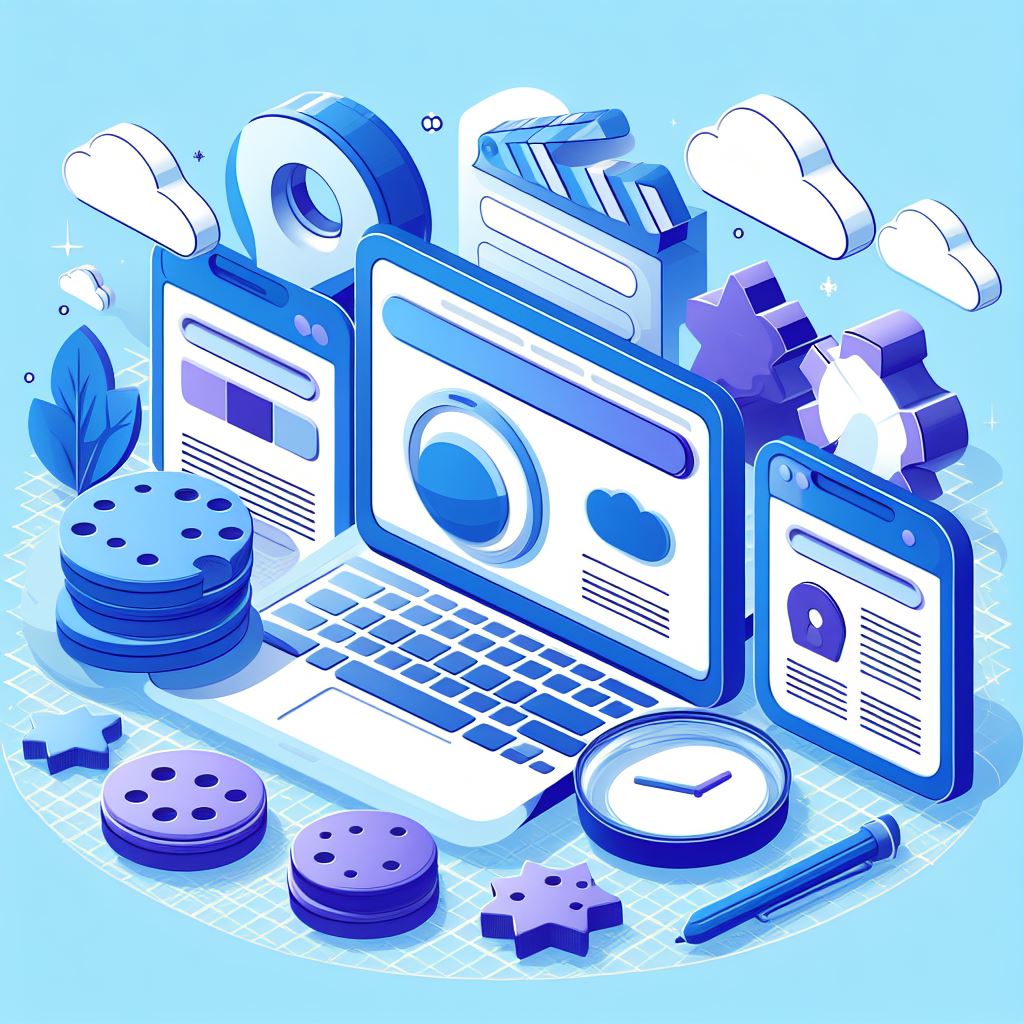How to Use AI to Save a Cookieless Future?
AI, cookie, Digital marketing
Cookieless future
For years, third-party cookies have been the foundation of online advertising. However, with browsers phasing them out and privacy regulations tightening their grip, a paradigm shift is on the horizon. Organizations need to adapt now to navigate the disruption of tomorrow. As a result, marketers are facing a “Cookieless Future”.
The demise of third-party cookies, coupled with the rise of tracking prevention measures, impacts businesses in three crucial ways. While these technological changes, a global wave of privacy legislation is fundamentally reshaping the digital marketing landscape. This confluence of factors necessitates a long-term shift in data strategies to thrive in this new, privacy-focused environment.
Many sources have talked about the impact of a cookieless future (Forbes: The ‘Cookieless Future’ And What It Means For Marketers), but marketers will need to leverage AI tools in several key ways to maintain and improve their marketing efforts:
1. Enhanced data collection and segmentation:
- Contextual targeting: AI can analyze vast amounts of data (search history, browsing behavior, user-generated content) to understand user context and intent. This allows for highly targeted advertising without relying on individual user cookies.
- Predictive audiences: AI can analyze user behavior patterns to predict future actions and interests. Marketers can then use this to build targeted audience segments for personalized marketing campaigns.
2. Personalization and customer experience:
- Dynamic content and recommendations: AI can personalize website content, product recommendations, and email marketing messages in real-time based on user behavior and preferences. As a result, this creates a more engaging and relevant customer experience.
- Chatbots and virtual assistants: AI-powered chatbots can answer customer queries, troubleshoot issues, and provide personalized support 24/7. This enhances customer service and satisfaction.
3. Attribution modeling and measurement:
- Multi-touch attribution: AI can analyze user touchpoints across different channels (website, social media, email) to understand the complete customer journey and attribute conversions accurately, even without cookies.
- Marketing ROI optimization: AI can analyze campaign performance data and suggest improvements for better return on investment (ROI). Consequently, this helps marketers optimize their marketing budgets and strategies.
4. Creative automation and content marketing:
- AI-generated content: AI can be used to automate content creation for various marketing channels, such as social media posts, blog articles, and ad copy. Because of this, it allows marketers to create more content without sacrificing quality.
- Dynamic creative optimization: AI can analyze user responses to different creative assets (images, headlines) and automatically optimize them for better performance. This personalizes ad creatives for individual users based on their preferences.
5. Fraud detection and risk management:
- Anomaly detection: AI can identify unusual activity patterns that could indicate fraudulent clicks, bot traffic, or fake accounts. This helps marketers protect their advertising budgets and ensure campaign effectiveness.
By leveraging AI tools in these ways, marketers can navigate the cookieless future and continue to deliver targeted, personalized marketing experiences that drive results.
Further reading:
Find out more about using AI tools for data analysis.
Read our other blog posts: